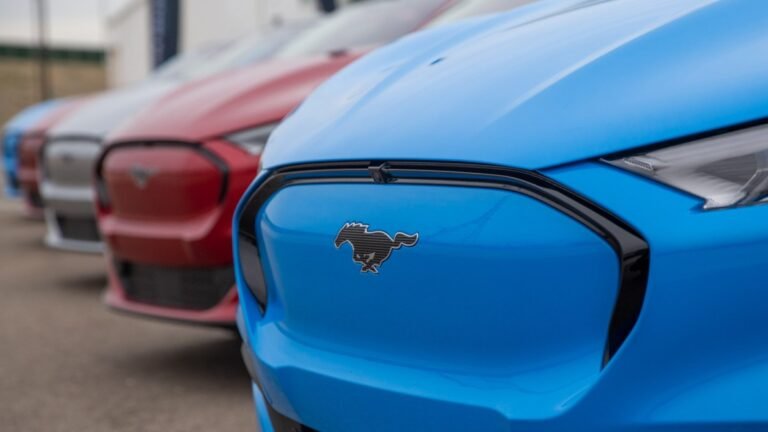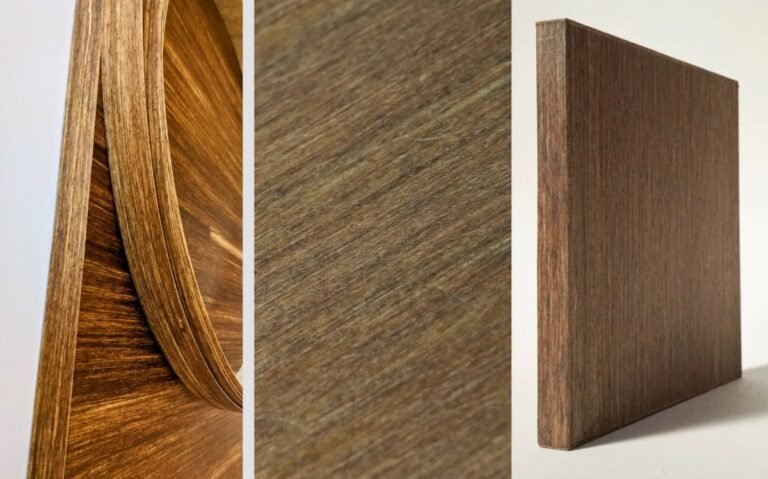
Linktree is now allowing users to highlight links better with featured layout functionLink-in-bio startup Linktree introduced new features today including a featured layout to highlight links better, the ability to fetch the latest posts from Instagram, and support for a more prominent profile picture.
The company said that the new featured layout is great for highlighting certain links.
When you select “Featured layout” for a link it automatically expands with a content preview for links from YouTube, TikTok, Spotify, and Instagram.
In January, Linktree introduced a feature that automatically fetched the latest posts from YouTube and TikTok.
The company is now extending support for Instagram, with support for up to six of the latest posts and Reels from your account.

Phrasing requests in a certain way — meanly or nicely — can yield better results with chatbots like ChatGPT than prompting in a more neutral tone.
So what’s the deal with emotive prompts?
Nouha Dziri, a research scientist at the Allen Institute for AI, theorizes that emotive prompts essentially “manipulate” a model’s underlying probability mechanisms.
Why is it so trivial to defeat safeguards with emotive prompts?
Another reason could be a mismatch between a model’s general training data and its “safety” training datasets, Dziri says — i.e.

A slew of consumer tech and companies focused on consumer packaged goods (CPG) have gobbled up venture capital in the past year.
Keychain, Harmonya, Highlight, Ramani, SupplyPike, Vividly and Turing Labs, just to name a few, captured investor attention for their technologies.
That’s because consumers’ tastes constantly change, grocery shelf space is finite and e-commerce takes finesse to cut through the noise.
But why are investors so interested in consumer tech and CPG as an opportunity now?
Oreo is going to need to know whether Oreo A or Oreo B tastes better, and that’s not something that generative AI can spit out.

The EV tax credit is about to get better, and also harder to findThe federal tax credit for electric vehicles is about to change in one particular way that will make it far more attractive to buyers.
Vehicles qualify for a $3,500 credit if the automakers follow certain guidelines on where they source battery materials, and another $3,500 provided they stick to similar rules for battery components.
As a result, General Motors said this week only its Chevy Bolt will qualify for the full tax credit starting January 1.
Ford, meanwhile, said only its F-150 Lightning will qualify for the full $7,500 credit.
The Lincoln Corsair Grand Touring SUV will be eligible for half of the credit, while the Mustang Mach-E, Lincoln Aviator Grand Touring plug-in hybrid and E-Transit van won’t.

Lingrove is taking on laminates — thin layers of wood and other materials — with a carbon-negative option that they claim performs better while looking as good.
Lingrove has developed a wood veneer alternative out of flax fiber and plant-based resins that’s carbon-negative yet results in a material they say is “very high stiffness, durable, and resistant,” i.e.
They call it “ekoa” — yes, in lowercase — and hope to make inroads in cars and other interior surfaces with a new $10 million funding round.
The Series B round was led by Lewis & Clark Agrifood and Diamond Edge Ventures, with participation from Bunge Ventures and SOSV.
You may wonder, as I did, why not use actual wood — things like sawdust and wood chips already coming out of industrial wood-handling processes?








